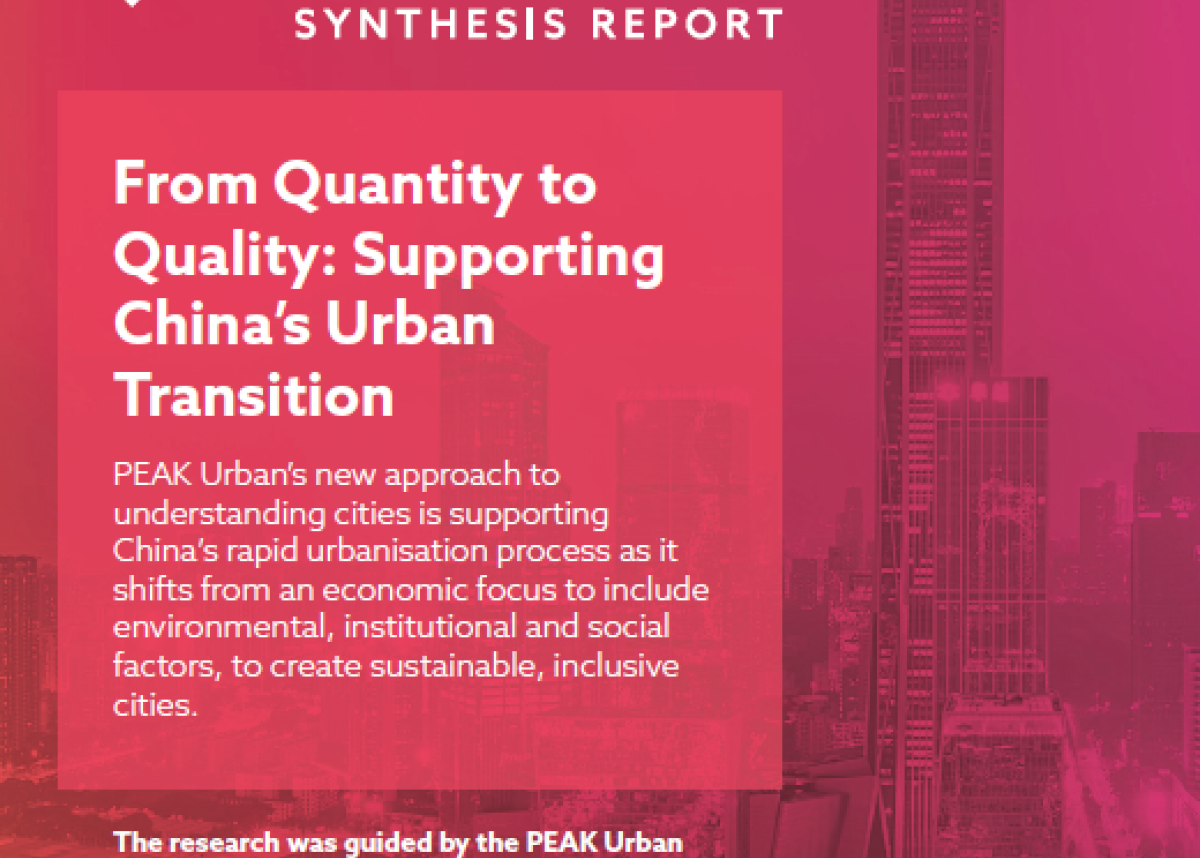
Examining the effects of neighbourhood design on walking in a growing megacity
It is widely believed that neighbourhood design can play a role in promoting walking. However, when personal attitudes and preferences as well as different types of walking are taken into account, research conclusions are still mixed.
This paper provides new evidence by looking at the case of Beijing. Three types of walking were investigated: commuting walking, living walking, and recreational walking.
By analysing the data from 3748 questionnaires based on the conceptual framework of the TPB model, we found that walking behaviour is significantly related to neighbourhood design, as well as personal attitudes and preferences. High density, land use diversity, and walking-friendly street design can encourage walking. Those who have positive attitudes towards walking or residential preferences for walkable environments walked more, although these effects varied among commuting walking, living walking, and recreational walking.
Walking for transportation, especially commuting walking, was less correlated with neighbourhood design elements.